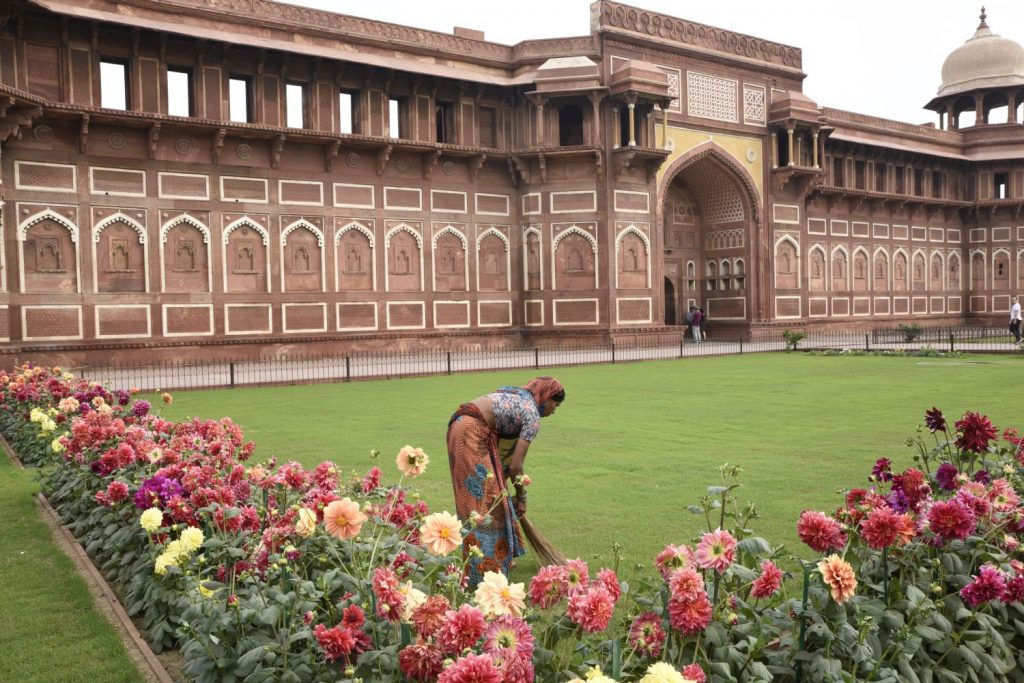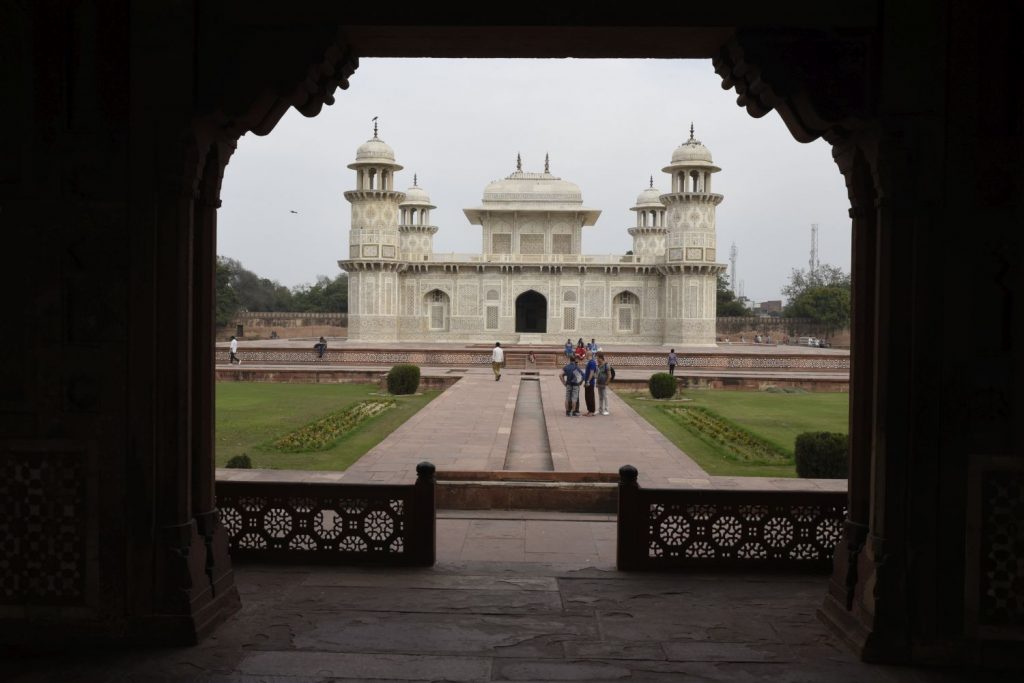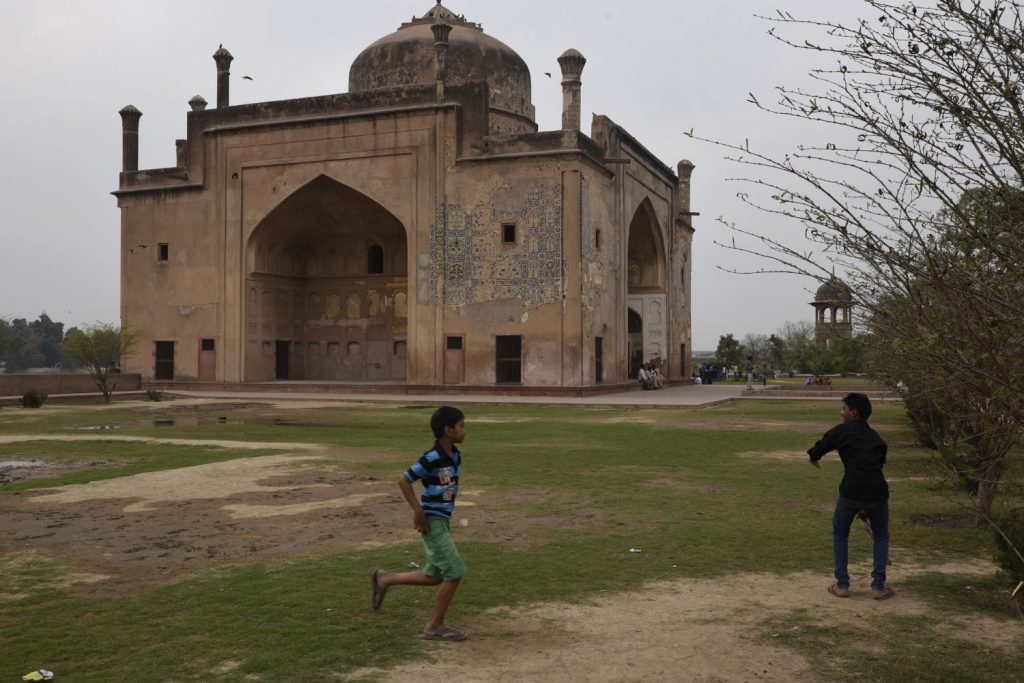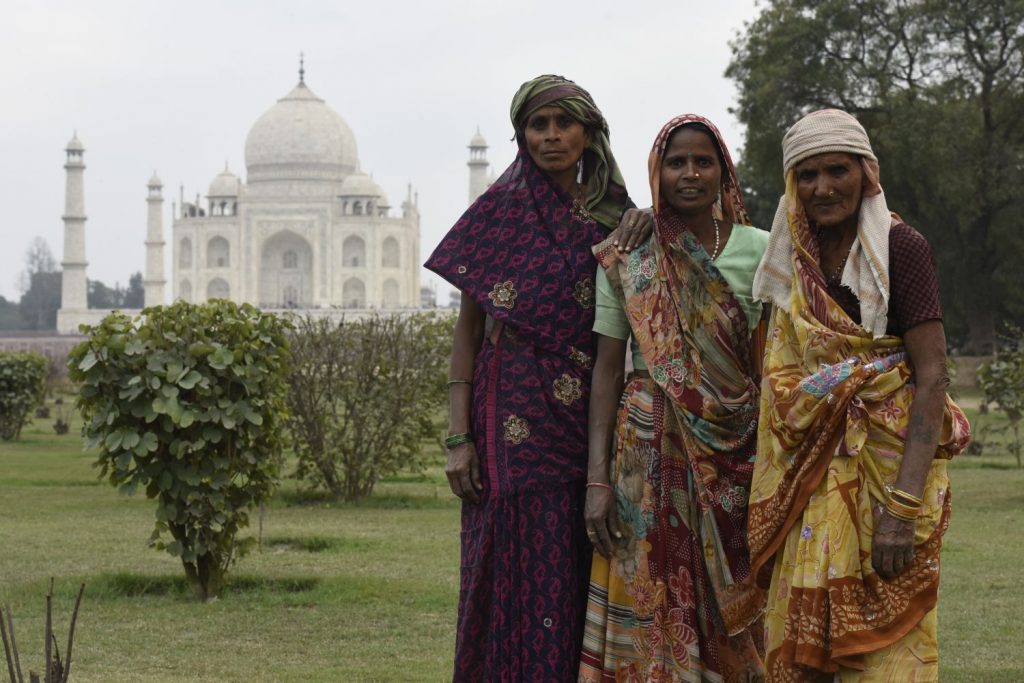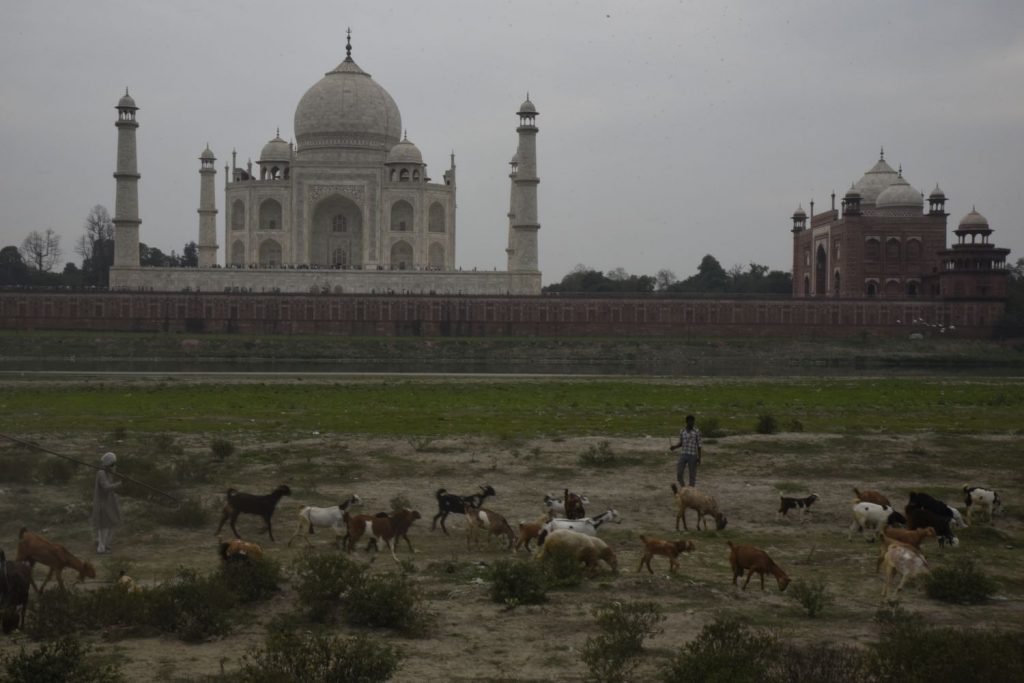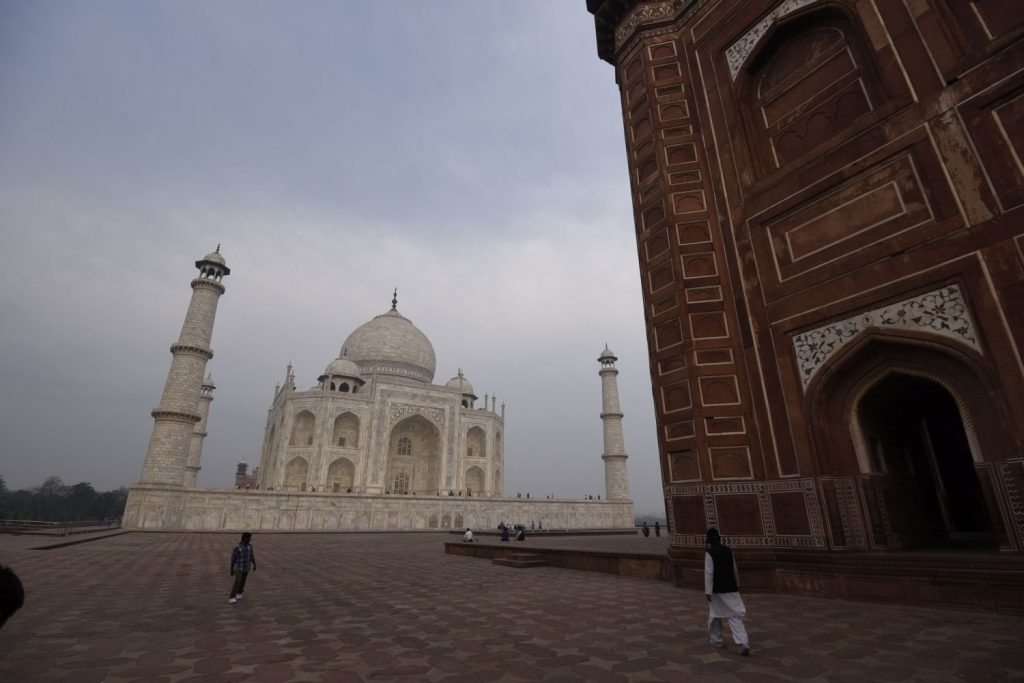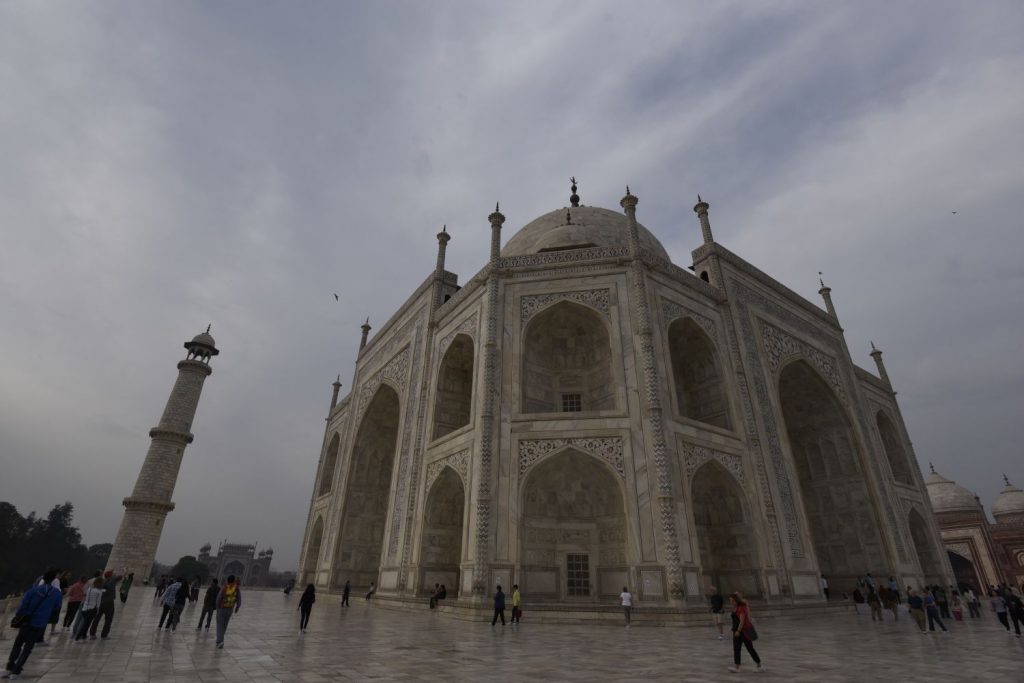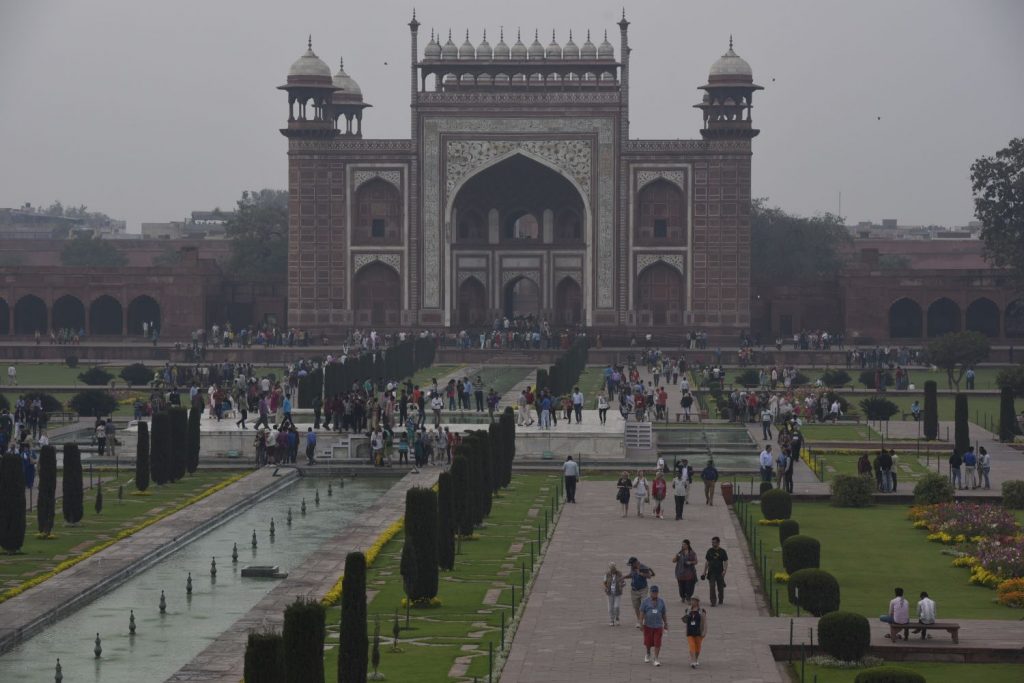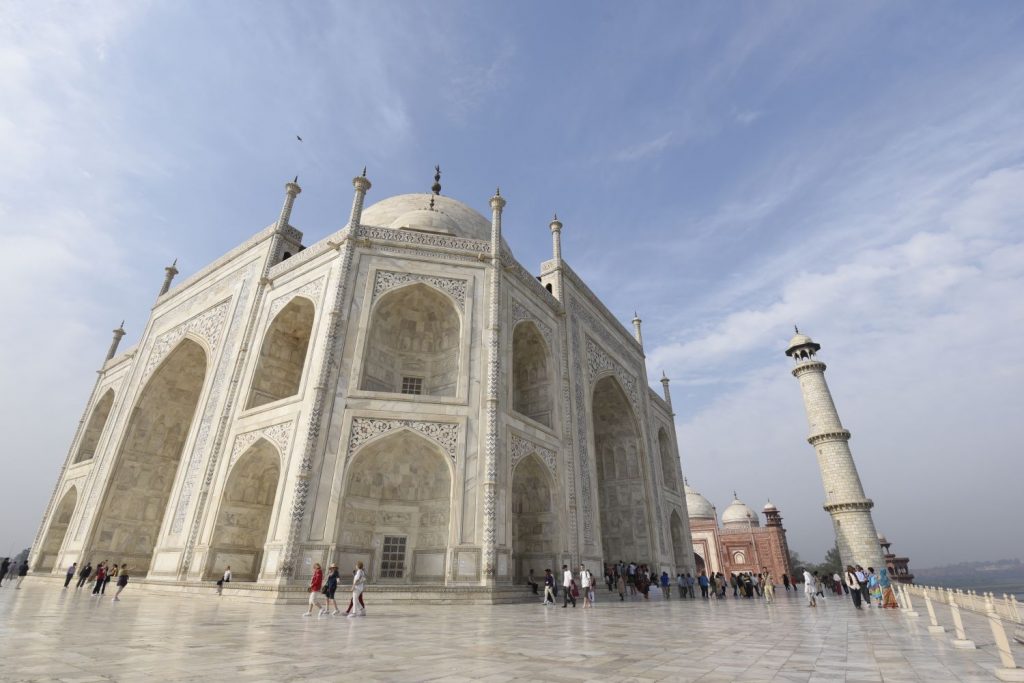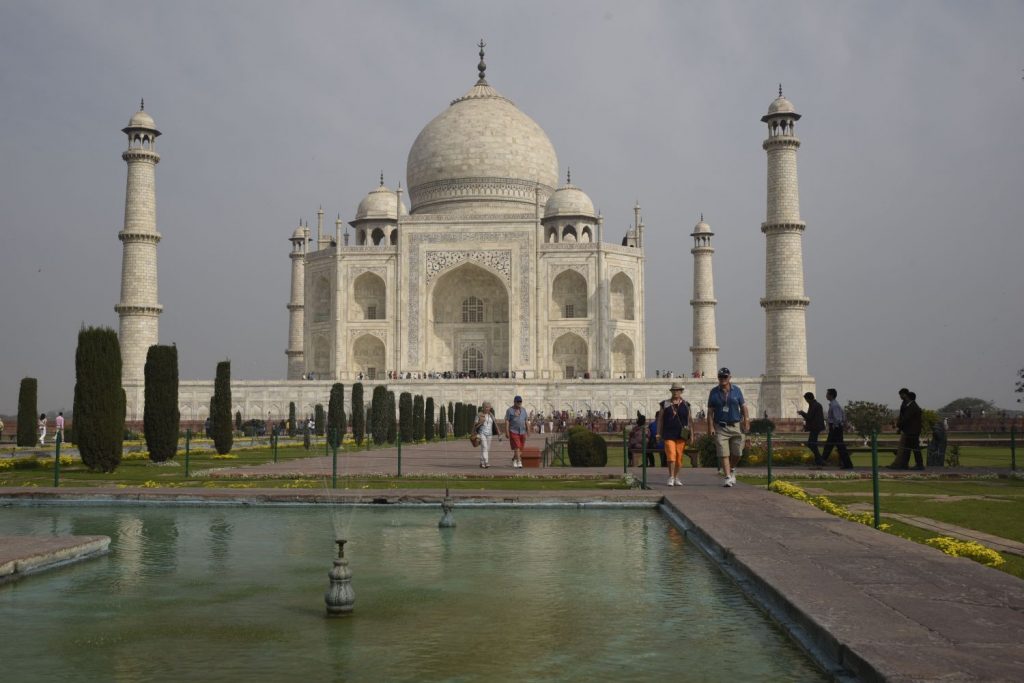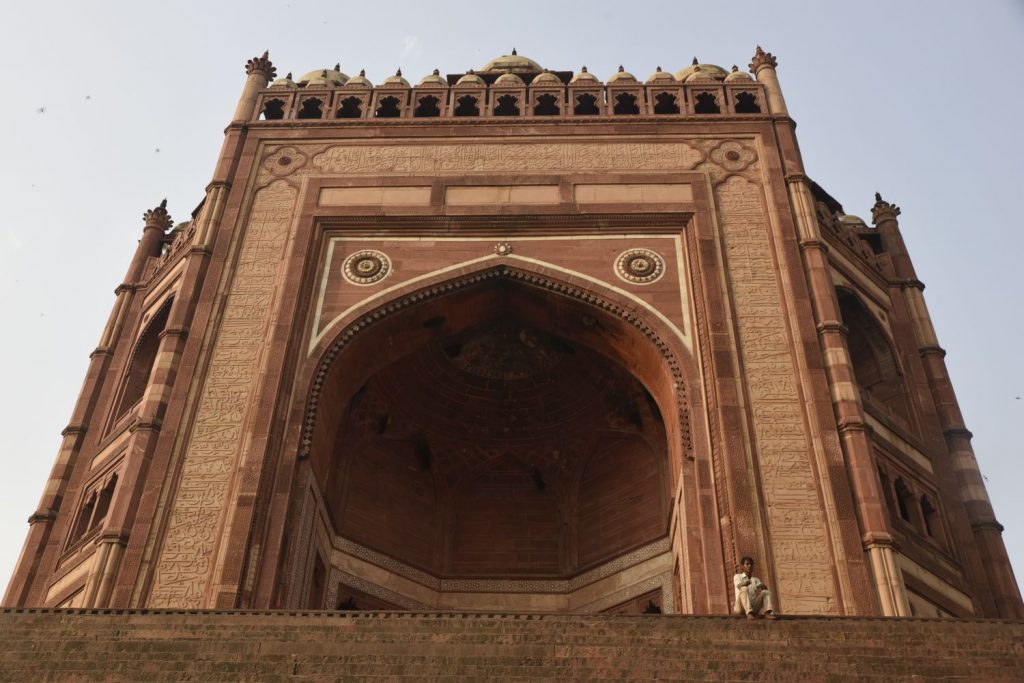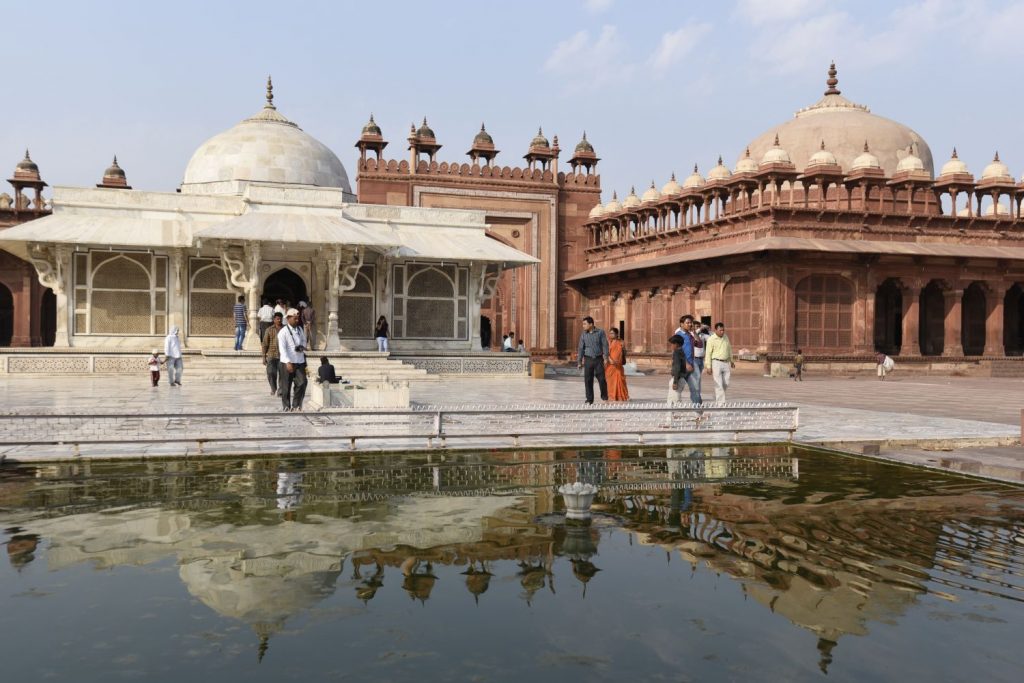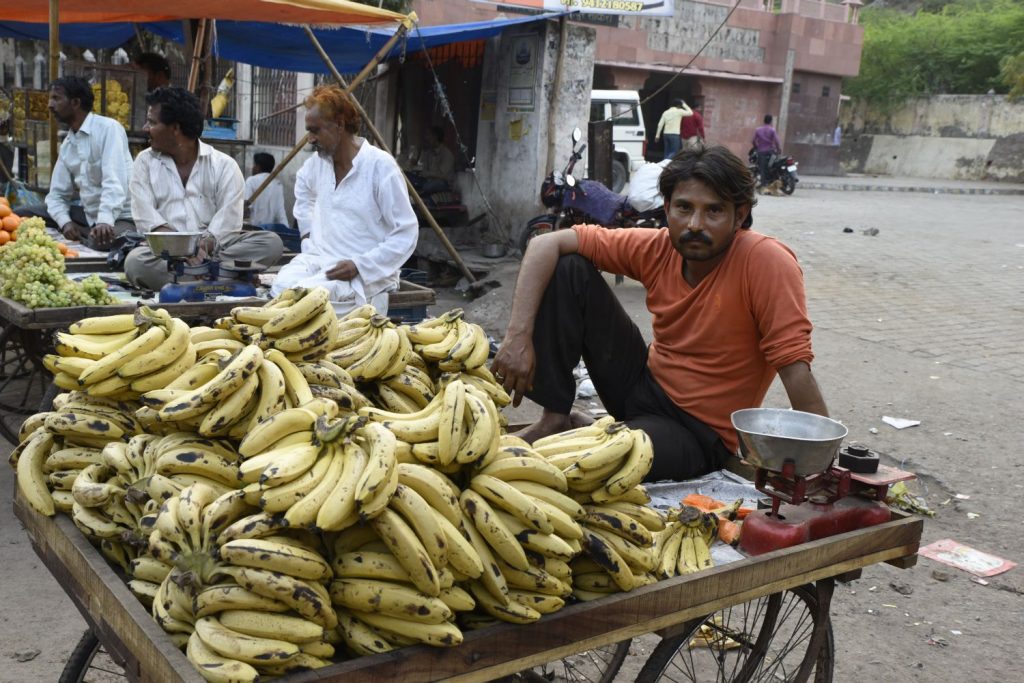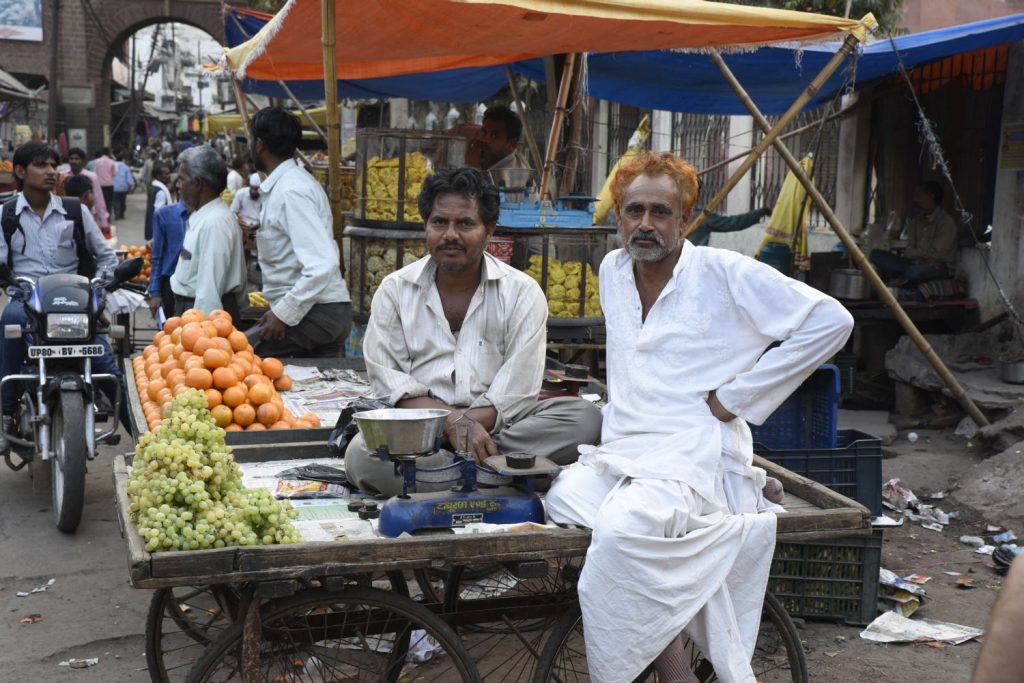
It was not actually a case of saving the best for the last that I ended my Indian adventure with the Taj Mahal.
Rather it was the result of simple geography that I wanted to end close to Delhi for my return flight and Agra is both near to Delhi and also to Jaipur, the capital of Rajasthan where I spent the second half of my trip.
That said, the Taj is arguably the most beautiful building in the world and it was a fitting way to end my trip.
Its beauty is exactly as I remembered it from my trips in the 1970s, but the experience of visiting it has changed, and not for the better. These days, the number of tourists has increased exponentially and security measures have interfered with the experience.
I visited the Taj on my second day in Agra, getting up early to be there when it opened around sunrise at 6:30 a.m. When I got to the west gate, there were already long lineups to buy tickets and then get inside. In all, it took more than an hour to buy my ticket, stand in line and go through security procedures that included X-ray and hand inspection of my camera bag as well as body search.
Once inside, many of the areas around the garden were closed off, making it impossible to photograph some of the views I took in the past. Granted, it is probably a good thing to keep the crowds away from some areas where they would obstruct the views of others.
The actual tombs of Mumtaz Mahal and Shah Jahan are on a lower level below a pair of dummy tombs on the main level. In the 1970s, you could descend a steep flight of stairs to see the actual tombs. These days they are closed off and you can only see the dummy tombs.
At one point I stopped to admire some of the decorative semi-precious stones inlaid in the marble of the mausoleum, but a guard told me I had to keep moving.
Even the area across the Yamuna River at Mehtab Bagh, which commands a wonderful view of the Taj, now has severely restricted access. The views are through coils of rusted barbed wire well back from the river and you can no longer walk freely along the river bank.
Justifiably, the Indians are worried about a terrorist attack. This is underlined by the guard surrounded by sandbags and perched with a machine gun above the riverbank on the Taj side, although he appeared to be dozing when I saw him.
Despite these more recent impediments to visiting the Taj, it is a magical experience. The proportions and symmetry of its architecture are magnificent. The semi-translucent white marble is constantly changing colour according to the time of day and changes in sunlight.
The details of the inlaid semi-precious stones set into the marble are superb craftsmanship and they are not overdone.
The way the Taj is elevated above the gardens sets the sky as the background and gives the building a commanding presence.
Once I got inside, I spent about three hours strolling through the garden and circling the Taj on the different levels of marble. These days you no longer have to take off your shoes – they give you shoe covers as part of the $15 foreigner admission price.
It was, unfortunately, a cloudy day like my other days in Agra. Still, the sun broke softly through the haze to cast various shades of light on the building and for a short time the sky cleared a bit to allow a patch of blue sky to show through.
There are only so many angles to photograph the Taj Mahal from and all have been shot many thousands of times already. I shot the main views and then did my best to look for less common additional angles.
My visit to the Taj was on Wednesday, but I actually arrived in Agra by early train on Tuesday morning from Jaipur.
Of course I was immediately set upon by dozens of tuk-tuk drivers as I stepped out of the train station. One, Nadeem, ended up taking me to my hotel and offering me a tour of the city, which I agreed to for that afternoon after insisting that I don’t do shopping. (The rickshaw wallahs all try to push tourists into shops where they get a commission that is added to the purchase price).
After a much needed nap – I had very little sleep with getting up for the early train – I went out at 2 p.m. to meet Nadeem, but instead was met by his uncle, who spoke much less English, but ended up taking me around to some of Agra’s other sights besides the Taj. There wasn’t time on my first day to do the Taj justice and the morning is the best time to visit, so I opted to save it and see other sights that Tuesday.
First on the list was Agra’s Red Fort. This too is a magnificent architectural accomplishment, despite being overshadowed by the Taj. Once again, access has been severely restricted and you can no longer wander around its ramparts.
You can still visit the marble portion of the fort’s palace, built by Shah Jahan, and see where he was imprisoned by his usurping son, the evil Aurangzeb.
Next, we visited several monuments on the other side of the river.
Among these was the Itimad-ud-Daulah, the tomb of Mizra Ghiyas Beg, Emperor Jahangir’s chief minister and Shah Jahan’s father-in-law. This so-called Baby Taj was the first Mughal building in Agra to be built from marble and it also incorporates some of the inlaid stone techniques that were later used on the Taj.
Next, we visited the less popular Chini-ka-Rauza at the end of a more secluded laneway shaded by trees. This Persian-style building is the tomb of Afzal Khan, a poet and chief minister to Shah Jahan. It is crumbling and is less protected, but remnants of its blue tiles still cover some of the walls. Little boys played cricket under the ruins.
Lastly, we visited Mehtab Bagh, the gardens across the river from the Taj Mahal. The view across the Yamuna River is one of the nicer ones, and there was a handful of more laid back tourists admiring it. I watched as a couple of goatherds led their flock along the banks on an area where tourists are not allowed to go and which lies behind coils of rusty barbed wire.
To end the tour, my driver took me to a marble factory that employs the same techniques as the artisans who did the inlaid stonework on the Taj. He insisted I didn’t have to buy, but only look. Actually, although there was a little sales pressure, I did enjoy seeing work being done and admiring the tabletops and other marble creations with their inlaid semi-precious stones. The pieces I liked, however, were way beyond my price range.
Hotel Kamal, where I stayed, is only a short walk from the south gate of the Taj. From its rooftop restaurant you can see the dome of the Taj from a fairly close distance, although there are more scruffy rooftops of other Taj Ganj area buildings in the foreground.
After visiting the Taj on Wednesday, I decided to set out in the afternoon for Fatehpur Sikri. This is the Indian capital built by Mughal Emperor Akhbar about an hour from Agra, but which was subsequently abandoned due to lack of water.
I had visited Fatehpur Sikri in 1977.
The trip involved a tuk-tuk ride to a bus stand on the other side of Agra and then a wait of about three quarters of an hour because I had just missed a bus. I turned down a taxi driver who wanted to take me for a lot more money than the bus, though in hindsight it probably would have been worth it as I didn’t have enough time to do Fatehpur Sikri justice.
When I arrived, I wandered in the bazaar below the old city trying to figure the way up, which wasn’t well marked. A tout saw my confusion and ended up leading me up, insisting he was not a guide and didn’t want money, but only enjoys talking to foreigners. Of course I knew he had another angle and I was uncomfortable with him, but he led me up through the winding streets to the mosque area of Fatehpur Sikri, which is still being used.
Sure enough, my non-guide did try to get me to buy some stonework he claimed to have done himself, but which was probably mass produced somewhere else.
After he finally left, I had a quick look around the mosque and courtyard area as well as the huge gate in front at the top of a steep flight of steps.
There wasn’t time to see the palace, but I’ve had my fill of palaces this trip anyway.
I returned to the bazaar and found the bus stand, but none of the people I asked directions from told me the buses had stopped running for the day. Finally my tout “friend” came by and told me. I took a tuk-tuk out to the highway, where I was able to catch a bus back to Agra. It had upper sleeping bunks, so I was able to stretch out for the ride back.
The next afternoon I would be on my way to Delhi by train and starting a long journey home. No more good sleeps until I’m in Canada.
